As you can see, for most standard users, Windows 10 Home contains all of the features you'll want or need including the cool new additions like Cortana, Edge Browser and improved Biometric security. Similar to previous versions of Windows, Pro versions of Windows 10 come with features intended for businesses and connecting to professional networks such as Domain Join and Remote Desktop. New releases of Windows 10, called feature updates, are released twice a year as a free update for existing Windows 10 users. Each feature update contains new features and other changes to the operating system. The pace at which a system receives feature updates is dependent on the release branch from which the system downloads its updates. Windows 10 Pro, Enterprise and Education could optionally use a branch, which is defunct since version 1903, that received updates at a slower pace.
These modes could be managed through system settings, Windows Server Update Services , Windows Update for Business, Group Policy or through mobile device management systems such as Microsoft Intune. Windows 11 Pro has everything the Home version has, while also adding a few additional features, mostly serving professional environments. One of the most notable ones is BitLocker, which is a full volume encryption tool that can encrypt your drive volume using 128-bit or 256-bit AES encryption and your computer's TPM. The system administrators can configure these settings for computers joined to the same domain. Other experienced users can also use group policy editor to their own PCs. Furthermore, Windows 10 Pro allows virtualization through Microsoft Hyper-V. The remote desktop connection is another feature that it has.
Moreover, PCs with Pro edition can accept or host an inbound terminal server session. These are some of the extra features available in Windows 10 Pro. These are the core differences in Windows 11 Home vs Pro editions. As we've mentioned, most of them revolve around features meant for business users. Some are designed to protect especially sensitive information, while others have to do with quickly setting up devices for users and managing them remotely.
For the average person walking into a store, you're probably going to be just fine with Windows 11 Home. The odds are if you need Windows 11 Pro, you already know you need it and why. This edition was introduced in July 2016 for hardware partners on new devices purchased with the discounted K–12 academic license. It also features a "Set Up School PCs" app that allows provisioning of settings using a USB flash drive, and does not include Cortana, Microsoft Store suggestions, Windows Sandbox, or Windows Spotlight.
Both the Windows versions come with support for Microsoft Passport, device encryption, side-loading of business apps, and mobile device management. Along with that, both versions can be easily upgraded to Windows 10 Education Edition. Hyper-V is a Windows-only hypervisor used for running virtual machines on CPUs that support virtualization. While Hyper-V is included with your Windows 10 Pro license, it needs to be downloaded and installed separately. Windows 10 has become the most popular operating system for desktop computers, with more than 1.3 billion active PCs running it. Despite focusing on the new Windows 11 release—now rolling out—Microsoft continues to support Windows 10 with servicing updates.
The OS continues to offer unique capabilities like touch input, a voice-based virtual assistant, face login, Windows Defender security, and mixed reality tools. Still-important but more mundane features include an improved screenshot tool, better window arrangement, and unified notifications. The OS has reached a point of polish and functionality to earn it a PCMag Editors' Choice award. Furthermore, Windows 11 Home will likely offer limited functionality and features when it comes to business management and deployment software. Of course, the bulk of the differences between Home and Pro editions of Windows 11 are for businesses. Most device management capabilities aren't available in Windows 11 Home at all.
Windows 11 Pro, however, supports things like Group Policy, which lets IT admins configure certain policies for groups of devices in one go. There's also Windows Update for Business, which lets companies control how updates are rolled out to their users to avoid unexpected issues. As business users often deal with especially sensitive information, there are also some extra security features in Windows 11 Pro. This feature encrypts data stored on your hard drive so no one else can access it. Even if your computer is stolen, your files are protected from users other than yourself. Another difference that will be noticeable for business users is that Windows 11 Home PCs can't be joined to Active Directory.
Active Directory solutions are necessary for managing business devices, such as configuring access to certain resources, deploying apps, and so on. Those are all professional tools, so they don't make sense for most Windows 11 Home users. It has Windows Defender Antivirus software, Windows Hello biometric logins that use face or fingerprint authentication, and rudimentary device encryption to minimize data breaches.
Those with multiple Windows devices will also love the mobile device management app, which allows them to track and control app usage for connected smartphones and tablets. Rather than classifying as a full edition of Windows 10, "S" is a mode that runs on either Home or Pro versions of the OS. It's designed to optimize security and performance, and it runs only apps that are downloaded from the Microsoft Store and browses the internet through Edge. Anyone with Home or Pro editions can make the upgrade at any time, but it's not a forced update.
You can also switch out of S mode at any time, reverting back to Home or Pro, though you can't switch back once you've gone one way. The professional version of Windows 10 includes many extra features designed for businesses. It has virtually everything offered by Windows Home, plus additional security and management services. This version of Windows 10 is typically purchased in bulk by companies or schools, though you can configure desktops and laptops to include it versus using Home.
The Home version will suffice for majority of the individuals using Windows at home. The Pro focuses entirely on security and compatibility, and ease of use. Pro users can get updates from Windows Update for Business, which includes options for scheduling updates so they don't reboot PCs at important business times. The difference between Windows 10 Home and Pro is that the Microsoft designed Home mainly for regular users while Pro for businesses.
Before selecting a Windows 10 edition, the first step in any migration plan is an assessment of your IT environment. With Lakeside Software's SysTrack, you can quickly and accurately collect data on your users' PC environment to better inform your Windows 10 migration plan. This allows enterprises to determine the necessary costs and scheduling of the migration process. Perhaps most notable is Windows Update for Business, Microsoft's free service that's available also for Windows 10 Enterprise users. Windows 10 Pro has all the features of Windows 10 Home and more device management options. … If you need to access your files, documents, and programs remotely, install Windows 10 Pro on your device.
Once you've set it up, you'll be able to connect to it using Remote Desktop from another Windows 10 PC. If you're concerned about security and want to protect your data from intruders, or you're coming from MacOS and want something comparable to Apple's Filevault, you'll want to spend the extra money on Pro. Bitlocker provides full disk encryption so you can keep your data safe from hackers.
The latest iteration of Bitlocker also allows for the encryption of individual files for more flexibility than the all-or-nothing approach of previous versions. Again, other software can accomplish similar encryption, but it's not built into the OS. Be sure to get an SSD that supports the necessary hardware acceleration for Bitlocker if you don't want to lose performance. The Your Phone app syncs photos, SMS messages, and even voice calls fromAndroid phones and LTE-equipped laptops.
Is Windows 10 Pro Better These upgrades join Windows Hello face login and other Windows exclusives. Even with all its forward-looking features, the OS remains familiar to longtime Windows users. For intrigued Apple users, I've compiled a list of15 Windows tips for Mac users.
As with other recent "feature updates" (to use Microsoft's terminology) the November 2021 update is largely a servicing update, with few major new features. Most of the updates target enterprise deployments, but support for VPNs, virtualization, and Wi-Fi 6 has been improved, as well as general security and reliability. One positive aspect of these minor updates, which Microsoft says consist of a "scoped set of features to improve performance and enhance quality," is that they install quickly with minimal fuss.
However, whilst that's the case, we can still extrapolate some of the differences based on Windows 10 versions. For a start, Windows 11 Pro will likely offer additional security and business-tailored features when compared to the home version – as per Windows 10. Looking at the Windows 11 predecessor, Win 10 Pro did offer BitLocker device encryption and Windows Information Protection – something the Home version simply couldn't boast.
These are two great features that help increase the security benefits of Windows 10 Pro over Home – and we expect to see similar differences with Windows 11. Hyper-V is a virtualization tool built into Windows, which means you can create virtual machines with it. If you want to try a different operating system, or use an older version of Windows for some reason, you can do it using Hyper-V. Virtual machines don't make changes to your host PC, so you can do it all risk-free. Again, there are third-party apps such as VMware Workstation Player that let you do this on Home editions. As you may know, every major version of Windows comes in a few different editions.
The same applies to Windows 11, which has mostly the same editions as Windows 10 aside from the upcoming Windows 11 SE for education. For most people though, it's going to come down to Home and Pro. These are the two editions you'll be able to find in stores or pre-installed on computers. If you're looking for a comparison of Windows 11 Home vs Windows 11 Pro, we've rounded up all the major differences here. Microsoft has said the new OS will include performance improvements, including faster logins with Windows Hello, faster web browsing and faster wake from sleep mode.
Windows Hello is a biometrics-based technology that lets Windows 10 users authenticate secure access to their devices, apps and networks with iris scans, facial recognition or fingerprints. Sealed windows 10 pro package, installed the os and tried to activate it, but apparently someone else is using my product key, also it cant even upgrade to 1809, the october update. Had to download it separately(4.7gb) then had to format the usb stick to install it.
This update was required since nvidia 419 driver isnt compatible with the one provided. I tried calling microsoft support to activate windows, and even after 10 tries and an hour of waiting the call service representitives were always busy. Office 2013 looks better than office 2010 and includes new convenience features with a minimal learning curve for existing users. Buy the pro version for the features you will never even need or use for your home laptop.
Meanwhile, Windows messes up with the updates irrespective of the version you buy. Using a Windows with more features is gradually turning like having more features which can fail. Seriously though, bitlocker encryption is only useful for enterprises and companies. Virtualisation might be useful for the odd virtual image which you want to play with but that is it. For many home PCs, Windows 10 Home can be a satisfactory edition that meets the needs of most users. But the big disadvantage with Windows 10 Home is the lack of control, particularly when it comes to the Windows Update service .
The upcoming Windows 10 Creators Update is starting to make the Home edition less desirable for several reasons we will discuss in this article. Plus, large organizations deploying Windows 10 in bulk will choose what you use on your computer at work, which can be either Pro or Enterprise. That decision in itself can also factor into what you use at home. The "Media Feature Pack" can be installed to restore these features.
The variation cannot be changed without a clean install, and keys for one variation will not work on other variations. Windows 10 Pro includes access to business versions of Microsoft services, including Windows Store for Business, Windows Update for Business, Enterprise Mode browser options, and more. These versions include extra features to buy and upload content in bulk. Options for virtualization include Remote Desktop compatibility, Client Hyper-V, Shared PC configuration, Azure Active Directory, and more.
It replaced Microsoft Virtual PC to efficiently create virtual machines on Windows 10. It is a native hypervisor which allows you to run multiple operating systems using virtual machines on Windows. Virtualization is a significant update to the Pro users who may need to run multiple operating systems without dedicating physical hardware to each of their machines. Hyper-V virtualization technology is limited to Pro users only.
Several features in Windows 10 Professional are aimed squarely at the business market. Domain join, for example, allows you to bring in your own PC and connect it to the office domain. Group policy management allows an IT admin to control which PCs do what.
Likewise, if your business needs specialized enterprise apps, an admin can lock down the Windows Store to make sure employees get those, and nothing else. There's also the ability to join Azure Active Directory, with single sign-on capabilities. Microsoft has offered a Pro version of Windows since the XP days, bringing with it additional features for power users that Home doesn't offer. Here's a breakdown of the most useful features that you get with Windows 10 Pro, as well as free alternatives, when applicable. Windows 10 is a personal computer operating system developed by Microsoft.
If the user wants to complete small tasks such as browsing the internet, managing files, etc. he can use Home edition. If it is necessary to use advanced features, with more security and compatibility, he can use Pro edition. The main difference between Windows 10 Home and Pro is that Windows 10 Home is designed for regular users while Windows 10 Pro is designed to support business environments. It has advanced features such as BitLocker, Group policy management, Hyper-V, etc. and more security features. As familiar as Windows 11 might be, there's still a lot that's changed. Your favorite multitasking functions get upgraded with new Snap Layouts, and virtual desktops are getting better with more flexibility and features.
Whether you're using your voice with Cortana, gesturing on a touch screen, writing with a digital pen, building a 3D model, or playing a AAA PC game, Windows 10 offers a wealth of choices. The platform offers the most form factors, too, from the tiny Raspberry Pi to massive gaming PCs to the large Surface Studio to the giant Surface Hub. Add to those completely new Windows devices like HoloLens and Mixed Reality headsets. In addition to small and medium businesses, Windows 10 Pro devices would be a good choice for organizations supporting CYOD programs. Windows 10 Education includes features from Windows 10 Enterprise that are ideal for advanced security, and the comprehensive device control and management needs of today's educational institution.
Windows 10 Education also enables simplified deployment in the education space; this edition provides a direct path for many devices to upgrade from Windows 10 Home or Windows 10 Pro. In today's increasingly mobile business environments, improper use of mobile devices often leads to costly security incidents. Central management of enterprise mobile devices is crucial in subverting these security incidents. MDM is able to monitor all enterprise mobile devices at once, analyze usage data for individual users, and apply appropriate security policies. Considering that businesses are usually targeted by cybercriminals, Pro offers more robust security than Home.

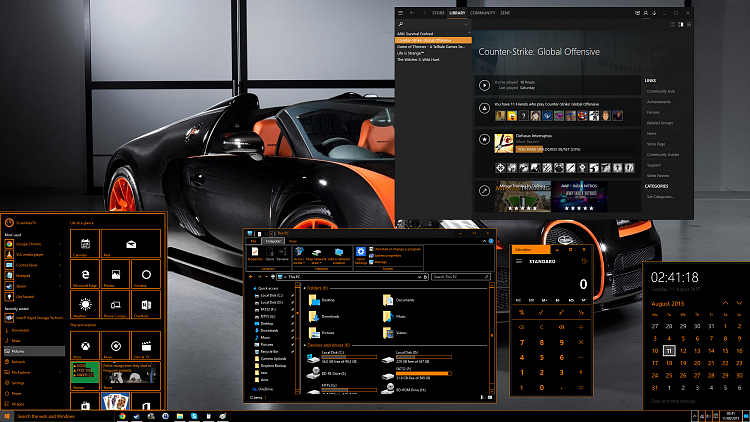
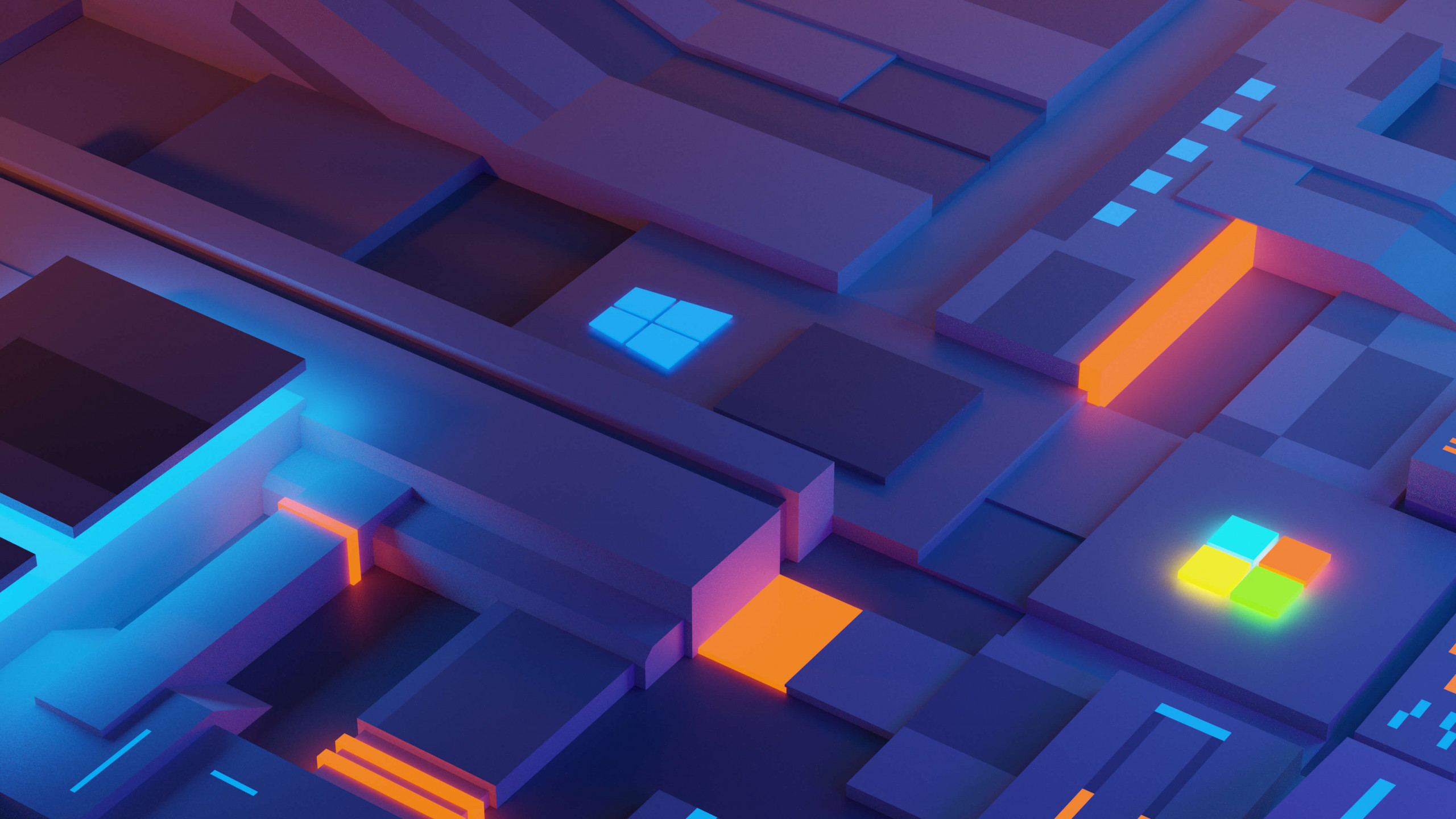
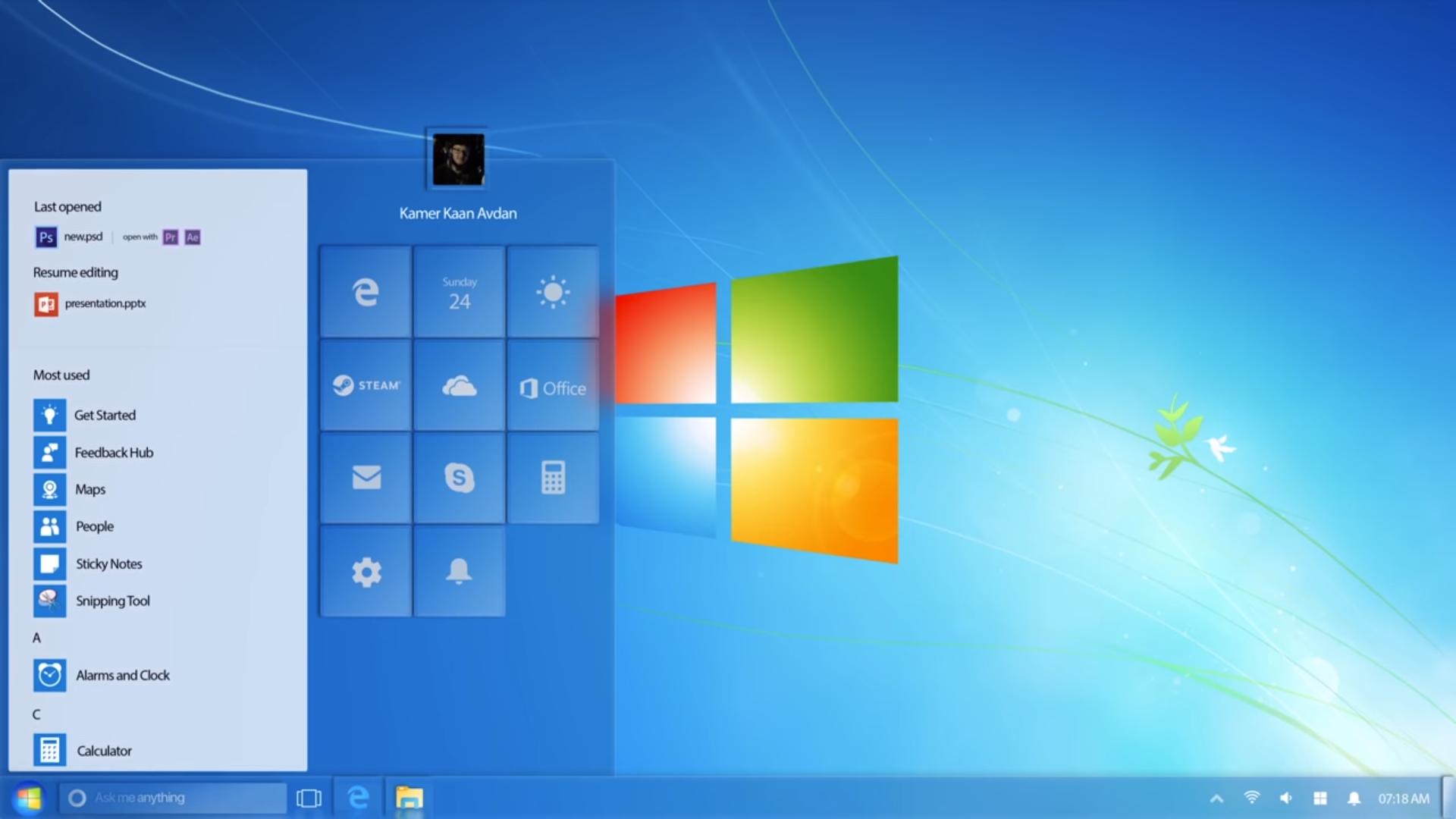



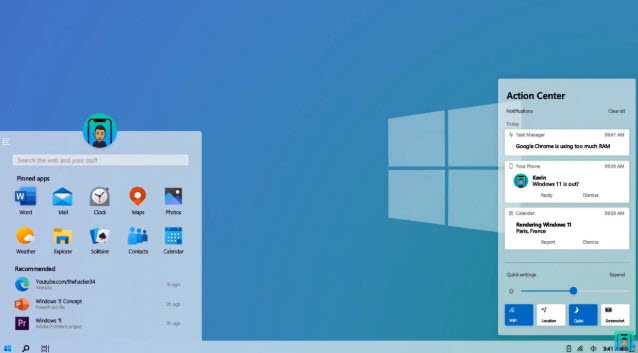



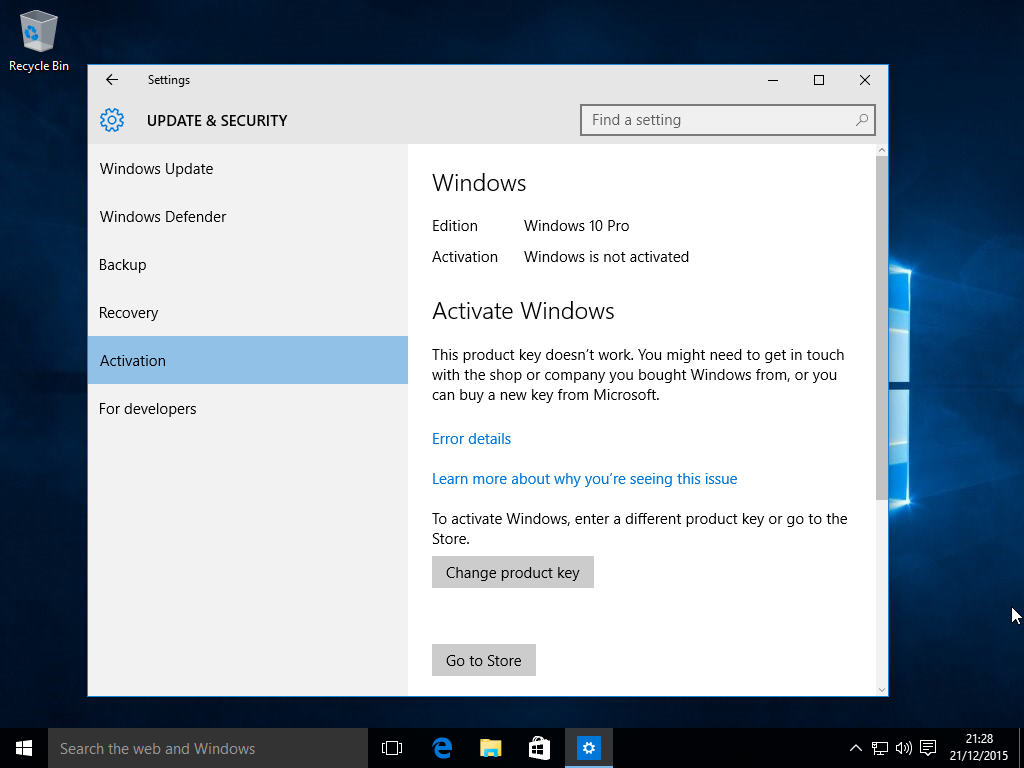










No comments:
Post a Comment
Note: Only a member of this blog may post a comment.